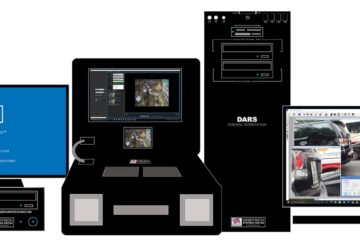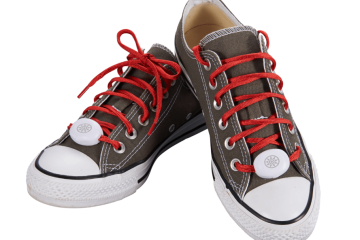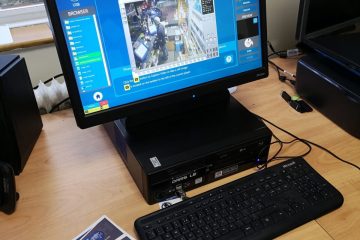Cold Hard Evidence: The Impact of Forensic Video on True Crime Documentaries
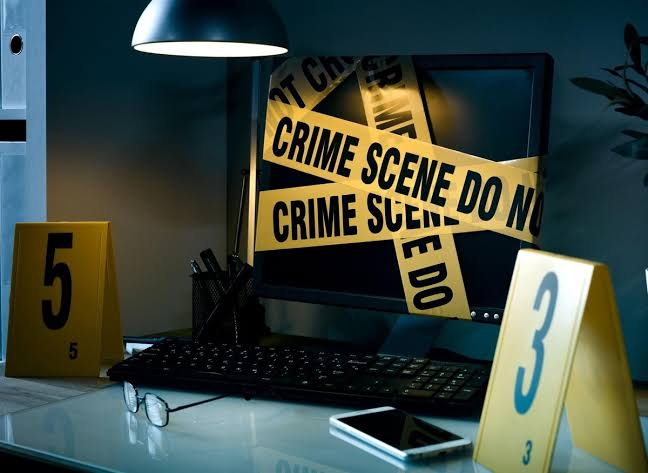
“In the realm of true crime documentaries, forensic video evidence shines as a compelling and transformative force. It takes viewers beyond the narrative, allowing them to witness crimes and investigations firsthand. Beyond entertainment, it can breathe new life into cold cases and spur real-world change, all while posing ethical dilemmas.”
True crime documentaries have captured the imaginations of viewers around the world. These gripping narratives of real-life mysteries, investigations, and trials have become a genre unto themselves. While storytelling and dramatic reenactments play a significant role in these documentaries, one element has emerged as a true star—the use of forensic video evidence. In this blog post, we’ll explore how forensic video has transformed the landscape of true crime documentaries.
The Power of Visual Evidence
Visual evidence has always held a special place in legal proceedings. It’s compelling, immediate, and often more convincing than any verbal or written account. When it comes to true crime, video footage can be the most potent form of evidence, allowing viewers to witness events as they unfolded.
Notable Tools of Extracting Forensics Video
Surveillance Cameras
Surveillance cameras are ubiquitous in today’s world. They silently capture footage of streets, parking lots, and businesses. When a crime occurs, this footage can become a crucial piece of evidence, providing irrefutable proof of events. True crime documentaries frequently incorporate these surveillance videos, taking viewers to the heart of the action.
Body Cameras and Dashcams
Law enforcement officers often wear body cameras, and patrol cars are equipped with dashcams. These devices record interactions with suspects, arrests, and other critical moments. In documentaries, these recordings offer a unique perspective on police procedures, investigations, and the dynamics between officers and civilians.
Mobile Phones
In an age where almost everyone carries a smartphone with a high-quality camera, eyewitnesses often record events as they unfold. These smartphone videos have played a pivotal role in documenting crimes, accidents, and social issues. True crime documentaries leverage this user-generated content to provide authentic, raw glimpses into real-life incidents.
Enhancing Clarity with Forensic Video Analysis
While raw video footage can be powerful, it often requires forensic video enhancement and analysis to reveal crucial details. Forensic video experts use specialized software and techniques to improve video quality, clarify images, and extract valuable information.
Enhancing Low-Light Footage
Many crimes occur in low-light conditions, making it challenging to discern faces and details. Forensic video experts can enhance these dark and grainy videos, shedding light on critical aspects of the case.
Zoom and Stabilization
Zooming in on distant objects or stabilizing shaky footage can make a significant difference in understanding a crime scene. Forensic video analysis software can accomplish this with precision, ensuring that viewers don’t miss essential details.
Facial Recognition
In cases where the suspect’s identity is unknown, facial recognition technology can be a game-changer. By comparing video images to databases of known individuals, investigators can identify potential suspects. This technology has featured prominently in documentaries focusing on unsolved mysteries.
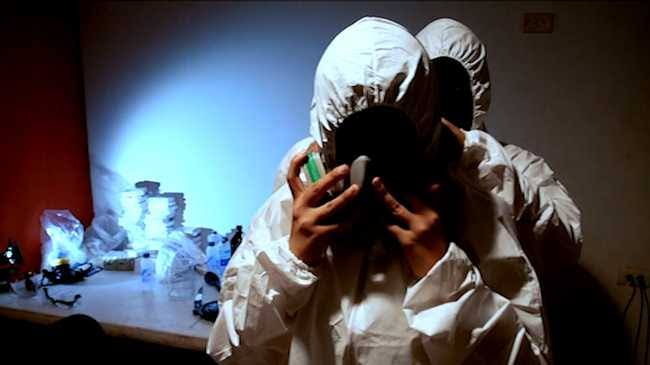
Enhancing Clarity with Forensic Video Analysis
Real-Life Impact of Forensics Video
The impact of forensic video evidence in true crime documentaries extends beyond entertainment. It can have real-world consequences:
Solving Cold Cases
True crime documentaries that reexamine cold cases with new forensic evidence can lead to breakthroughs. Viewers sometimes provide valuable tips or information that reignites investigations, bringing closure to victims’ families.
Criminal Justice Reform
Documentaries that expose issues with the criminal justice system, often through video evidence, have catalyzed public discourse and prompted calls for reform.
Legal Implications
Video evidence can sway public opinion and even influence legal proceedings. High-profile cases featured in documentaries sometimes lead to retrials or changed verdicts.
Ethical Considerations
While forensic video evidence can be a potent tool, its use raises ethical concerns. Documentaries must strike a balance between telling a compelling story and respecting privacy and the rights of those involved. It’s essential to consider the potential impact on victims, witnesses, and even suspects.
Conclusion
Forensic video evidence has become a cornerstone of true crime documentaries, providing viewers with an immersive and compelling experience. It allows us to step into the shoes of investigators, examine crime scenes, and witness pivotal moments as they happened. Beyond its entertainment value, forensic video evidence can lead to real-world justice and reform. As the genre continues to evolve, we can expect even more innovative uses of this powerful tool, shedding light on mysteries and revealing truths that might otherwise remain hidden. The impact of forensic video on true crime documentaries is undeniable, and it’s a testament to the ever-advancing field of forensic science and technology.

